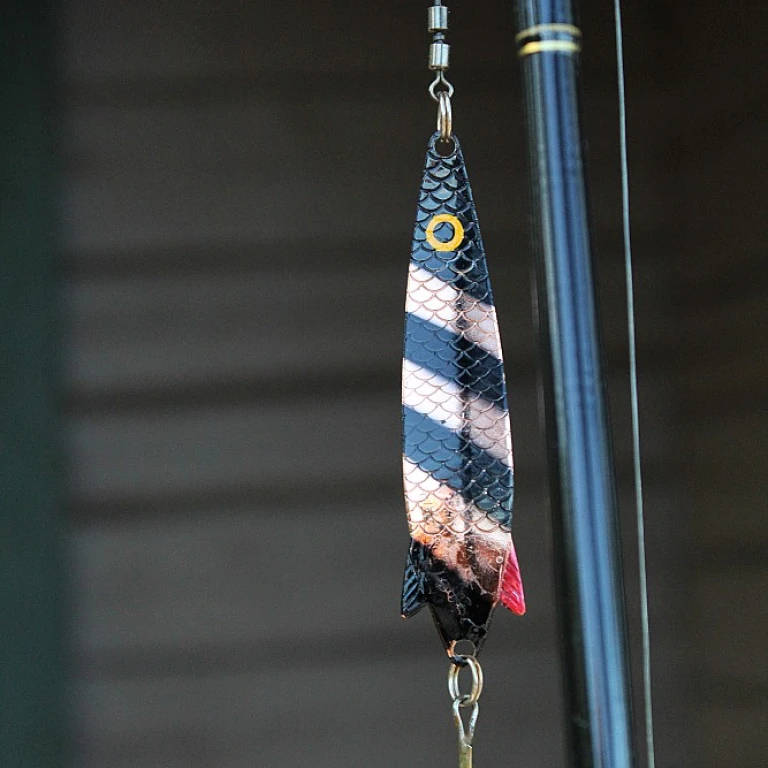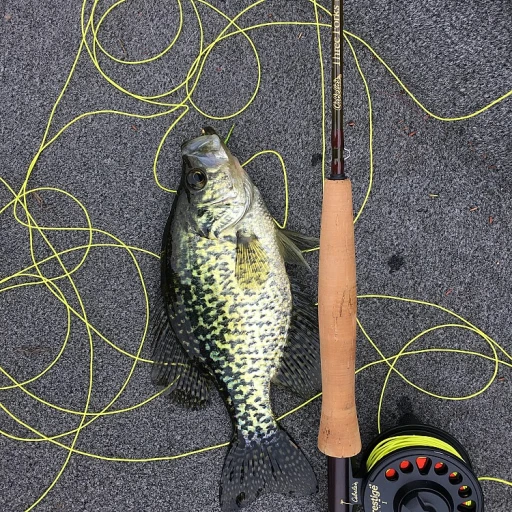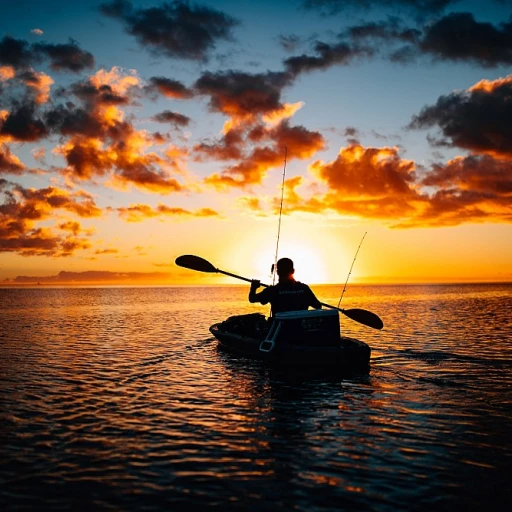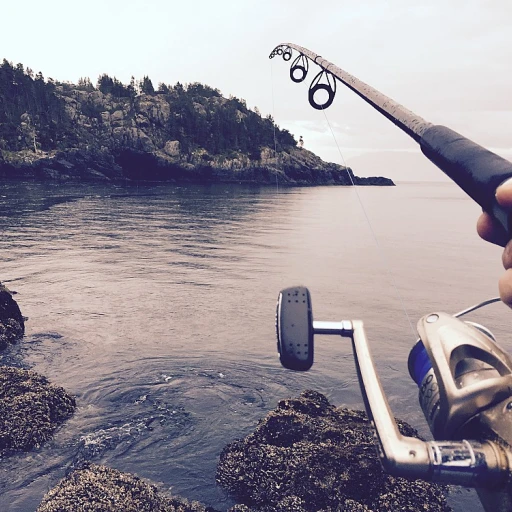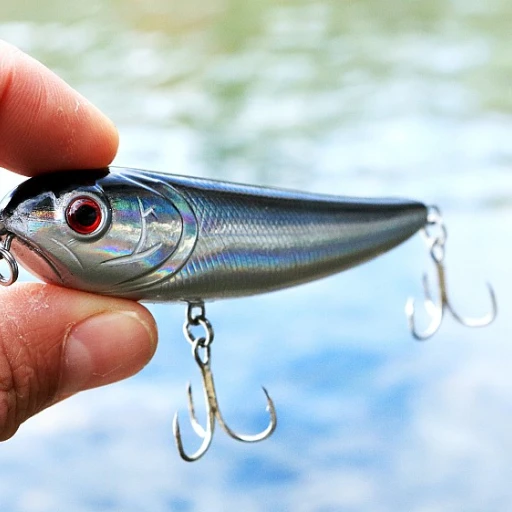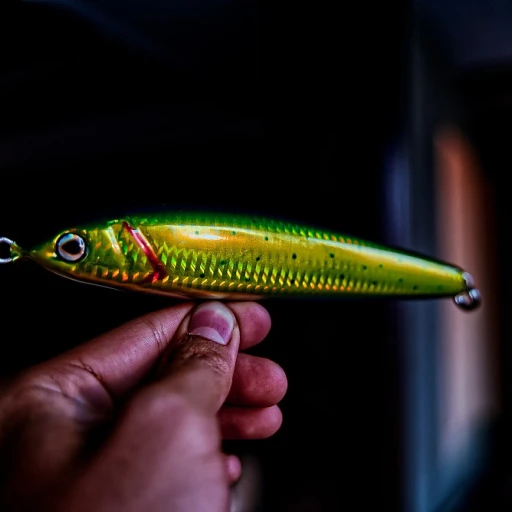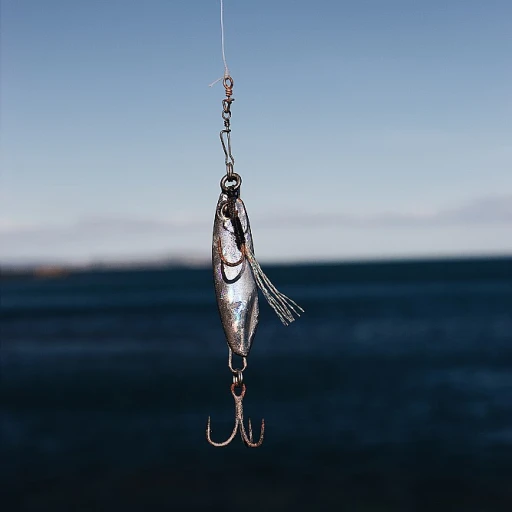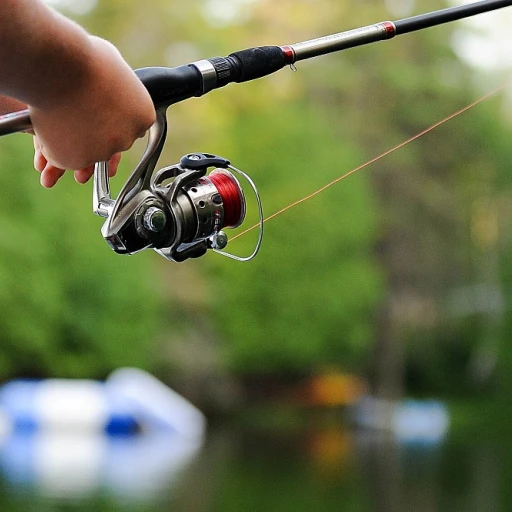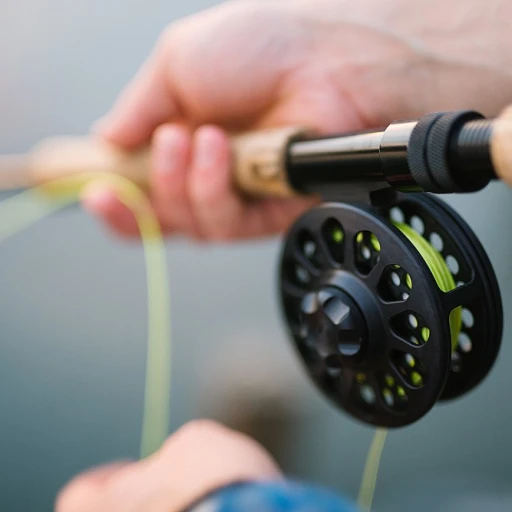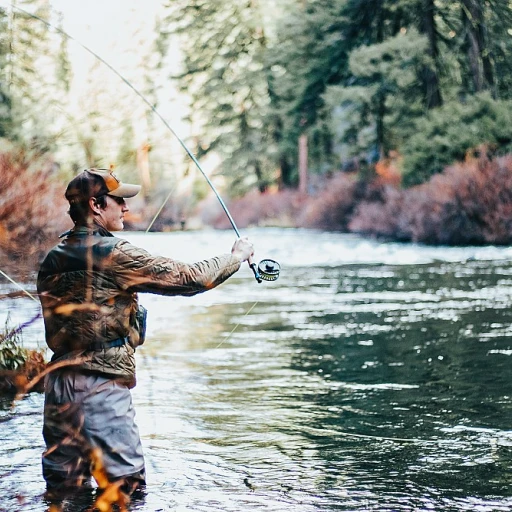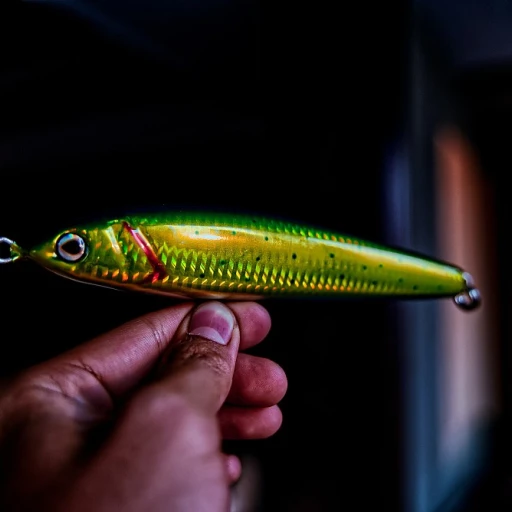
Understanding Darter Fishing
Deciphering the Dynamics of Darter Fishing
Darter fishing, a favored pursuit in North America, particularly around locales like Long Island and Cape Cod, is as much an art as it is a science. This activity centers around the darter family, scientifically noted as Percidae, comprising several species known for their unique behaviors and predatory skills.
When you'll set out on a darter fishing adventure, understanding various species' life history becomes essential. This knowledge aids in identifying ideal fishing times, targeting big fish, and selecting appropriate water bodies, whether it’s the expansive Great Lakes or the fast currents off Cape Cod. Darter species are not the easiest to master due to their elusive nature and frequent habitat shifts.
Darter fishing typically involves using plugs, such as the mag darter or bottle plugs, which mimic the zig-zag action of live fish bait. Your choice of rod will significantly impact your fishing experience, tailoring action specific to the areas like Long Island's tricky waters.
While you're planning, remember factors like the tidal current and time of day, as these elements influence feeding patterns, especially for game fish like striped bass. Your technique should adapt to these conditions, ideally involving varied retrieve speeds to trigger a strike. The right plug, whether a bottle plug or a black mag, can simulate natural prey and trick predators into striking.
Essential Gear for Darter Fishing
Gear Essentials for a Rewarding Darter Experience
When setting out for a successful darter fishing trip, having the right gear is crucial. If you're targeting striped bass or other darter species, here’s the rundown on what you need to have by your side:- Rod and Reel: A medium-action rod should suit most darter fishing situations. Look for a rod that offers a good balance between sensitivity and strength when pulling those bigger fish from the water.
- Line Choices: A strong, braided line is ideal for withstanding the powerful swells and pulling force of darters in moving waters. A 20-30 pound test line is a common choice among seasoned fishermen.
- Plugs and Lures: Your plug selection will play a pivotal role in the strike rate of these creatures. Opt for bottle plugs, often referred to as bottle-shaped lures, and mag darters for their effective zig-zag retrieve action in the current. These mimic the movement of prey that attracts species from the family Percidae. Consider a variety of colors such as black or white to suit different water conditions.
- Tackle Box: Keep your tackle organized, ensuring you have extra hooks, snap swivels, and leaders ready. These essentials prepare you to adapt quickly to changing conditions or strategies.
Choosing the Right Darter Lures
Picking the Perfect Darter Lure for Your Catch
Selecting the right darter lures can greatly impact your fishing success. With various species in the family percidae, understanding the behavior and preferences of your target fish will be key. A crucial aspect to consider is the environment: from the great lakes to cape cod and long island, each region may require different strategies. Here’s how to make your lure selection more effective:- Consider the Current: The water’s movement dictates the action required from your lure. In fast-moving water, darters like the mag darter or mag plugs are built to cut through the current effectively, maintaining a zig zag retrieve.
- Color Coordination: Matching the lure's color to the local prey species is vital. Popular choices include black and white plugs, known for their versatility in various lighting conditions.
- Action and Shape: Ensure the chosen darter mimics the natural motion of prey. Bottle plug designs create a conspicuous silhouette, perfect for attracting larger predators like striped bass. These bottle plugs, with their unique shape, move enticingly, emulating injured prey in the water.
- Adapting to Water Clarity: In murky waters, opt for brighter, more vibrant lures that stand out. In clearer waters, subtlety is key; natural-colored lures often yield better results.
Techniques for Successful Darter Fishing
Optimize Your Retrieval Techniques
When it comes to darter fishing, one of the most critical components is perfecting your retrieval technique. Experimenting with different retrieval styles can significantly influence your success and will vary depending on the darter species you are targeting. Here’s what you need to know:- Vary Your Retrieve: Fast or slow, steady or erratic - the key is to mimic the natural movement of prey. Some darters like the mag darter shine with a zig-zag action.
- Consider the Water Current: In faster currents, a more aggressive retrieve can trigger a reaction bite from species like striped bass found in areas like Cape Cod and Long Island.
- Experiment with Depth: Darters can be fished at various depths. Adjust the weight of your fishing setup and the speed of retrieval to explore different areas of the water column.
Adjust to the Environment
Understanding the environment is vital in darter fishing. Each body of water, from the Great Lakes to smaller streams, presents unique challenges and opportunities.- Read the Water: Pay attention to water clarity and light levels. A black plug might be more visible in murky conditions, whereas a white lure might excel in clear water.
- Assess the Weather and Seasons: Weather conditions and seasons also play a role. Colder temperatures may require a slower retrieve, while warmer water often means more active fish.
Fine-tuning with Irresistible Lures
Finally, don’t underestimate the power of using effective lures. The correct plug can entice even the most elusive fish.- Choosing Your Plug: From bottle plugs to more traditional options, each has its place. Understanding the preferences and life history of the target species within the family Percidae will help you determine your best option.
- Plugs That Pop: Sometimes, a darter species will respond well to a plug that pops or dives. Knowing when to switch can mark the difference between catching darters or coming up empty-handed.
Safety Tips for Darter Fishing
Prioritize Personal Safety
When engaging in darter fishing, it's crucial to prioritize your safety. Fishing in the current, especially in regions like Cape Cod or Long Island, can present various challenges. Always assess the water conditions before casting your rod and ensure that the environment is safe for this type of fishing. Consider wearing a life vest, especially if you're on a boat or tackling big fish.Equip Yourself with Safety Gear
Being well-equipped can make a significant difference in your darter fishing experience. Here are a few safety essentials:- Quality Footwear: Slippery rocks and wet surfaces are common. Wear shoes with a good grip to prevent falls.
- Polarized Sunglasses: These not only reduce glare but also protect your eyes from accidental hooks or flying lures.
- First Aid Kit: Always have a small kit on hand, as nicks and scratches can happen unexpectedly.
Understand Local Regulations
Respecting local fishing regulations is part of responsible fishing. Being aware of rules surrounding darter species, especially those under the family percidae, will protect the ecosystem and ensure you adhere to conservation laws. Practicing proper catch and release methods for species that are protected or not intended for consumption can also help maintain the fish population in great lakes and other local water bodies.Be Mindful of the Environment
Besides personal safety, environmental protection should be your priority. Always clean up after yourself to prevent harming aquatic life. Remember, what you bring for your fishing trip, such as bottles or packaging for plugs, should be disposed of properly to preserve the water habitats.Safety in darter fishing isn't just about avoiding accidents; it's about maintaining a respectful balance with nature. Let this enhance your fishing action, whether you're targeting striped bass or other darter species. Maintain the right attitude on your fishing trips, and you'll ensure both a rewarding and safe experience.
Environmental Considerations in Darter Fishing
Responsible Practices for a Sustainable Future
Understanding the environmental impact of darter fishing is essential for preserving the species and their habitats. As you embrace the excitement of darter fishing, it's vital to consider how your actions influence the delicate ecosystems in which these fish thrive, such as the Great Lakes and along Cape Cod.- Respecting Habitats: Darters are part of the family Percidae, with diverse species distributed in North America. Many darters, including the popular mag darter, depend on specific water conditions to survive. When fishing in areas like Long Island or near striped bass habitats, it's crucial to minimize your impact on these environments by not disturbing the natural currents and avoiding littering.
- Catch and Release: Catch and release practices are key in maintaining healthy fish populations. Learning the proper techniques, such as a swift retrieve to minimize stress on the fish, can improve their chances of survival post-release. Utilize appropriate darter plugs and lures to make the process as seamless as possible.
- Sustainable Gear Choices: Choose environmentally-friendly fishing gear. The selection of white or black darter plugs, like a mag darter or a bottle plug, should prioritize products that are durable and have minimal impact during disposal. You can refer back to the essential gear insights to make informed decisions.
- Awareness of Local Regulations: Each location may have specific fishing laws to protect darter species and other local wildlife. Adhering to these regulations not only respects the environment but also ensures your fishing experience is enjoyable and lawful. International waters or states like those bordering the Great Lakes might have unique rules to consider.

